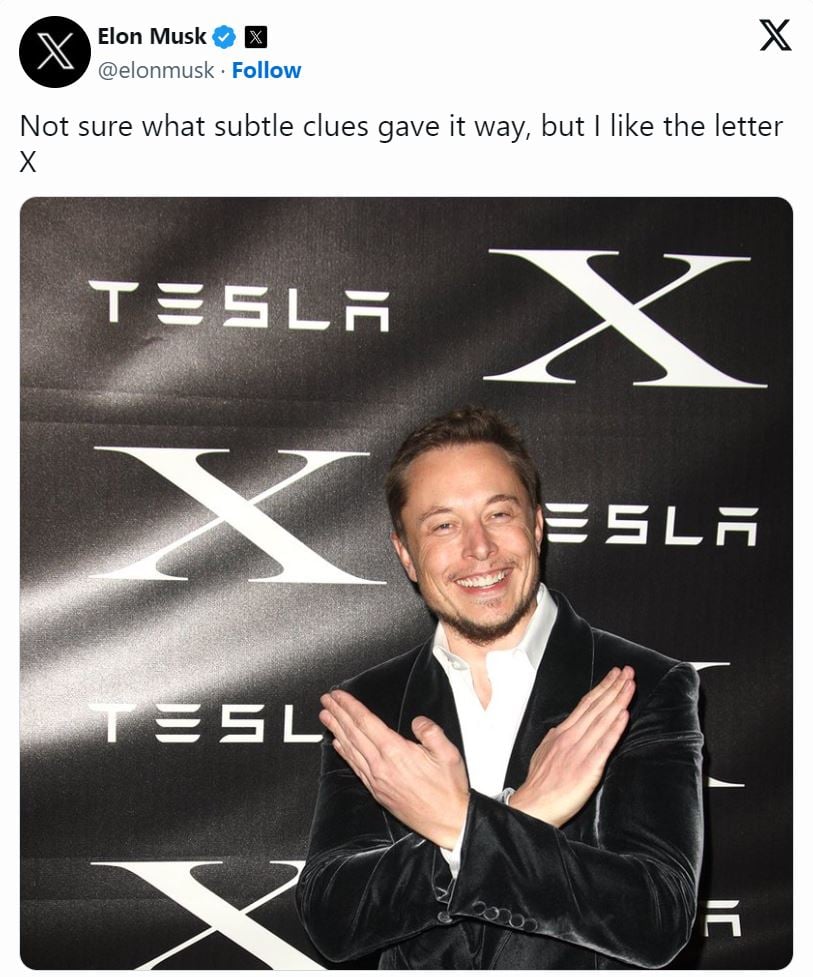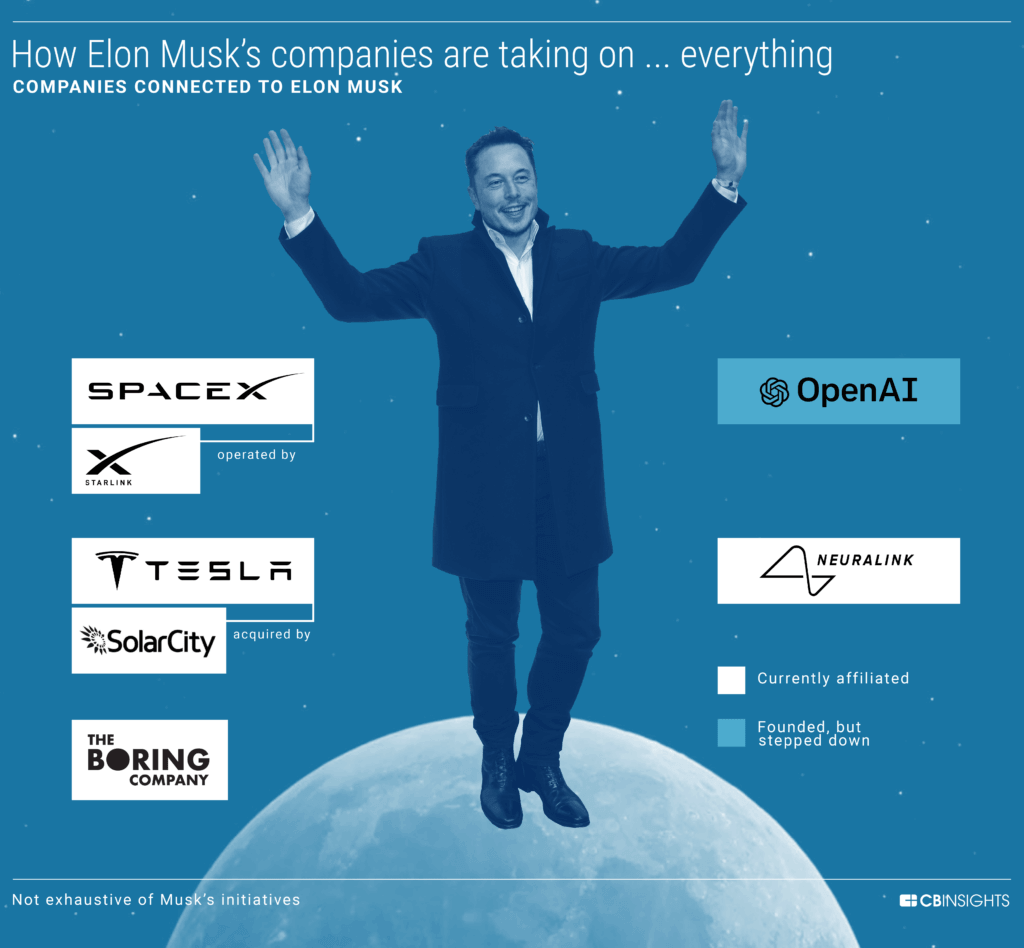
Amid the ongoing Zuckerberg vs Musk circus, yet another development has social media users’ heads turning. In an attempt to phase out the iconic bird branding, Twitter released a new logo a few days ago. It’s just… an X.
While the logo change makes sense given the backstory, many Twitter users might not know it. And so the sudden X plopped in the left-hand corner of Twitter’s dashboard might seem puzzling or random to some users. With Twitter user rates dropping since early 2023, you’d think its new owner Elon Musk would be making strategic decisions to undo the damage. But it seems that’s the last thing on his mind.
In this post, we’ll explore how Twitter is breaking every branding rule in the book – and not in a cool, rebellious way.
First, the Logo
Before we get into the details, let’s talk about the logo. At face value, Twitter’s new logo is about as simple as it gets: a plain white X on a black background (or black on white, depending on where you see it).

When there’s not much happening on the surface, we have to look deeper to understand a brand’s logo. So what could a letter X logo symbolize?
…a lot of weird, cryptic things actually. It can denote the unknown (eg. in algebra, we solve for x). It’s also the letter associated with death/danger (eg. toxic substances are marked with a black x across Europe). In spiritual and religious contexts, x can mean a crossroads or transcendence.
Linguistics educator John M. Lawler even says X is “a very potent symbol. It has mystical significance. That’s what the X-Files are all about – the mystical and phenomenal power of science.”

Whether Musk intended these meanings is debatable, but it certainly is a departure from Twitter’s original friendly branding. What was once a simple social media platform that relied on the concept of birds ‘tweeting’ at each other has become.. something else. Arguably, something darker and more serious.
Aside from the awkward fact that a large X on a black background with no context could be mistaken as an adult website logo (not good for branding), the logo has some other reputation issues to consider.
The Unspoken Rules of Rebranding
Every successful company on the planet knows that brands are fragile. Embarking on a rebrand is like tip-toeing across a frozen lake. Countless brands have shown us what it looks like to go crashing through. But others have skated across with eloquence, retaining the best parts of their brand while venturing into new territory (See some examples of successful & failed rebrands).
- No Radical Departures
Many brands that have changed their visual identity too drastically have met with dire consequences (like when customers couldn’t recognize Tropicana’s news packaging and sales plummeted). When brands make radical departures from their old identity, it often alienates loyal customers and causes confusion. This can happen when a brand changes its voice, direction, products, or even just the logo and branding.
Did Twitter break the rule? Yep. There’s even talk of changing “tweets” into “X’s” – probably the least intuitive transition you could ask of your users. - Always Give the Story
Of course, brands aren’t tied to their old ways like a ball and chain. It’s simply important to bring your audience in on what’s happening. Tell them the story of the rebrand in a context they can understand. They don’t necessarily care about the founder, stakeholders, or business strategy. They just want to know what the rebrand means for them.
Did Twitter break the rule? Mostly. While bits and pieces of the new “X” brand have been shared, information has been sporadic and cryptic.
3. Rebrand All at Once
This one could be debatable, but it generally makes sense to do a rebrand in one fell swoop. You get all your design work finished (logos, custom illustrations, colors, brand guidelines, etc. – with the help of Penji of course) and then unveil the new brand. There’s typically a timeline that includes pre and post-launch activities and publicity. This helps build excitement and momentum as your customers get acquainted with the changes. Think of it as a smooth runway for your new brand to take off.
Did Twitter break the rule? Yep. Certainly the norm is not to make jarring changes without warning, one at a time, as Twitter has done.
Why X?
There has been talk of Elon Musk’s desire to create an ‘everything app.’
But for someone with infinite money, time, and manpower at his disposal, an ‘everything app’ isn’t exactly the divinely creative idea you’d expect – especially for someone praised as a genius.
The ‘everything app’ has already been done. It’s called Amazon. And though a boring idea on the surface, it went well for Jeff Bezos. Amazon has merged with or bought out countless companies with a similar quest to sell/do/be everything. Amazon now offers groceries, electronics, audiobook subscriptions through Audible, Prime-exclusive dog food, apparel through sub-brands like GoodThreads, and more.
With all the mystery surrounding Twitter’s new X brand, one thing is clear: They want your bank details. What could go wrong?
Musk reportedly wants Twitter to be a hub for photos, videos, tv, news, and… banking. It’s a dream he’s held onto ever since being kicked out of Paypal due to fears he’d bankrupt the company. Pointed out by reporter Jessica Burbank, Elon’s last attempt at a banking company was a security nightmare (apparently you could access anyone’s bank account just by having their account number).
This brings us to the unsavory reality of X: a brand that’s more of a cautionary tale than the legacy of a tech genius.
A Brand Built on Illusion

In business and marketing, breaking the rules can be innovative, groundbreaking. Sometimes even necessary. But going rogue simply because you have the money to burn? That’s a classic example of a CEO with a God complex gone awry.
Musk is far from the first CEO to brand himself as a disruptor of the status quo, a trending ideology among modern startups.
Just as Musk didn’t come up with the idea for Tesla or Paypal, Travis Kalanick didn’t come up with the idea for Uber (he eventually resigned as CEO after a cascade of unethical business practices came to light). Similarly, Steve Wozniak designed the Apple 1, while Steve Jobs simply marketed it (Jobs was later kicked out of the company much like Musk was booted from Paypal).
Others disrupted the status quo, while people like Jobs, Musk, and Kalanick were busy taking credit. They showcased themselves as innovators of their time, but their behavior only matched the tired tropes of greedy businessmen.
It’s possible Musk thinks he’s above the law, and because of how society functions, he technically is. There is no such thing as a mistake with consequences for Musk – and so where’s the risk in a sloppy rebrand?
History has shown there’s always support for ethically-questionable, self-assured leaders. Many seek fame and significance by proxy and thus dismiss the red flags piling up. Young men in business may even latch onto Musk’s story as the American dream – the confident business mogul who breaks all the rules and still triumphs in taking over the world.
Whether Musk’s minions continue to bolster him or not, it’s safe to say X has earned its place in the halls of brand mediocrity. X may succeed in becoming another ‘everything app’ despite its many faux pas. The question is: What purpose does it serve? All great brands have a why, but with X, that seems to be missing.
About the author

Brianna Johnson
Brianna is a professional writer of 10+ years who specializes in branding, marketing, and technology content.
















